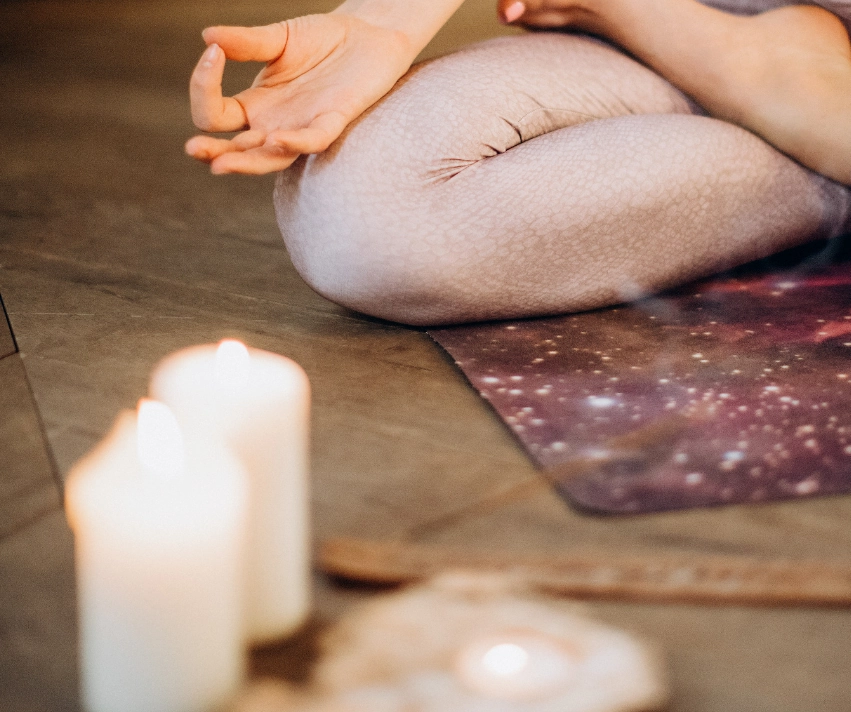
Radical Acceptance, Even When It’s Hard
Lately, my body feels like it’s showing up to work, but my mind and heart seem to be elsewhere.
Before I try to take time to figure out what is going on or what is causing this moodiness, I notice there is a guilt that comes with those thoughts and feelings of dissatisfaction or moodiness.
There isn’t anything particularly wrong or worrisome — I am able to purchase food, sleep with a roof over my head in a safe place, and I am able to clothe and bathe myself.
So what exactly is it then?
What I quickly come to realize is that guilt is judgment.
“Why would you feel like this, you have everything you need?”
“Why are you acting so ungrateful?”
“You are supposed to wake up happy every day, stop wasting time.”
This self-critical talk and judgment then adds an additional layer to the already moody me.

I become even more irritated or agitated; the guilt, shame, and blame feel so overwhelming, and I either push it away, distract myself, or ignore it completely. I am realizing this is not serving me, and I’m actively working on re-wiring my brain.
So… here’s what I’d like to propose:
What would happen if we actually just welcomed, sat with, and felt those moody and dissatisfied feelings?
What would it look like to let that guilt wash over us, and release it from our mind and bodies?
I’m noticing that when I take on these extra layers of guilt, judgment, or shame, I’m just prolonging the process of being able to move out of it.
Note to self: Do not rush the process. Trust the process.
I am proposing a radical self-acceptance for all feelings — whether they’re moody or joyful.
Radical Acceptance means we are able to stare at whatever our feelings are, straight in the face, and allow them to seep into every part of our body, without rushing them out.
Please don’t think that this is an easy process. This can hurt. This can bring up other emotions or thoughts that we might have been suppressing because it’s easier. It takes time. It’s raw.
But it is necessary.
Practice:
Imagine your body like a hotel — you are able to welcome guests (feelings) in, but you can decide whether you make the bed for them and order room service, or allow them to extend their stay, or whether it is time to allow other guests to check in.
You don’t turn guests away; they are always able to come inside and stay for a bit, but you decide just how long.
Good luck friends — and remember, this is a practice.